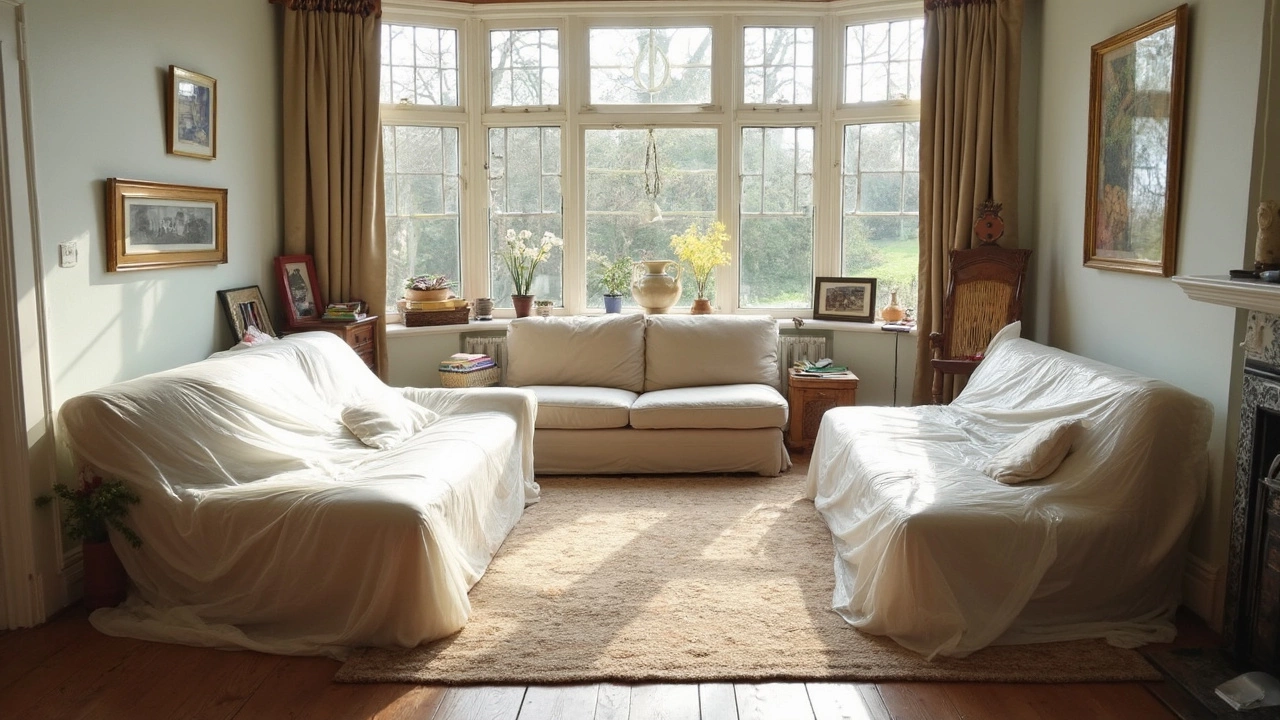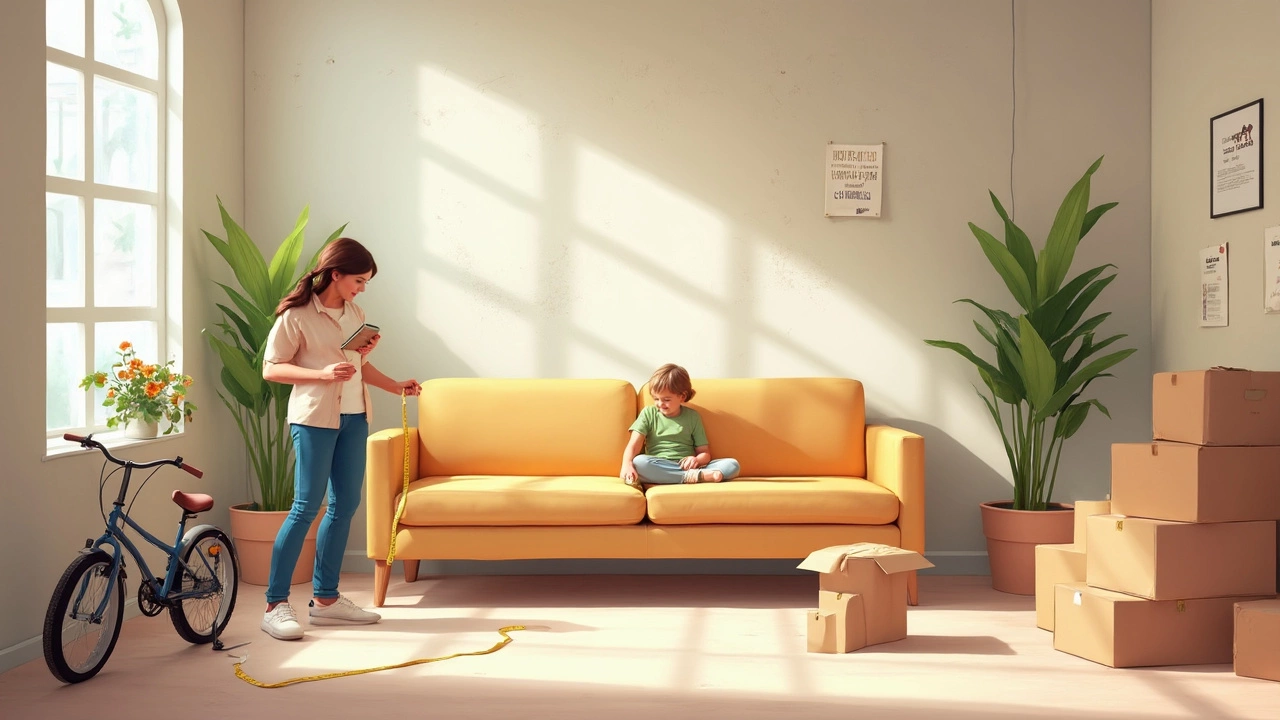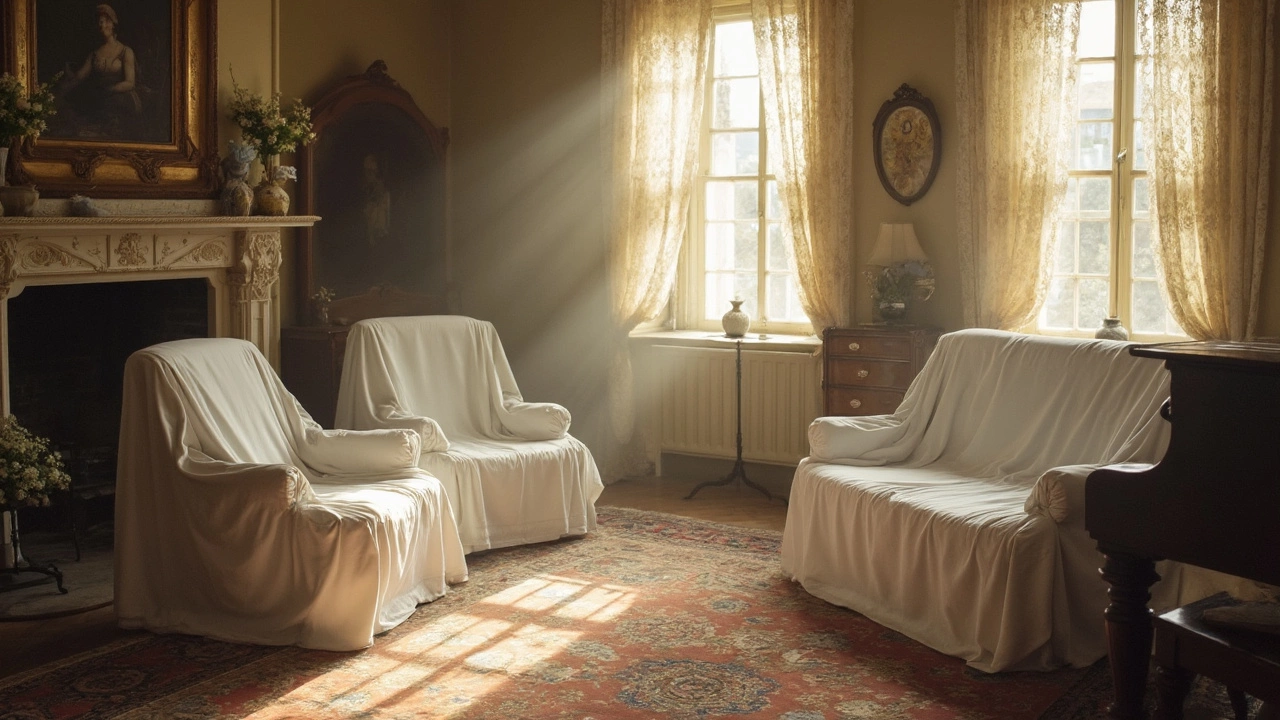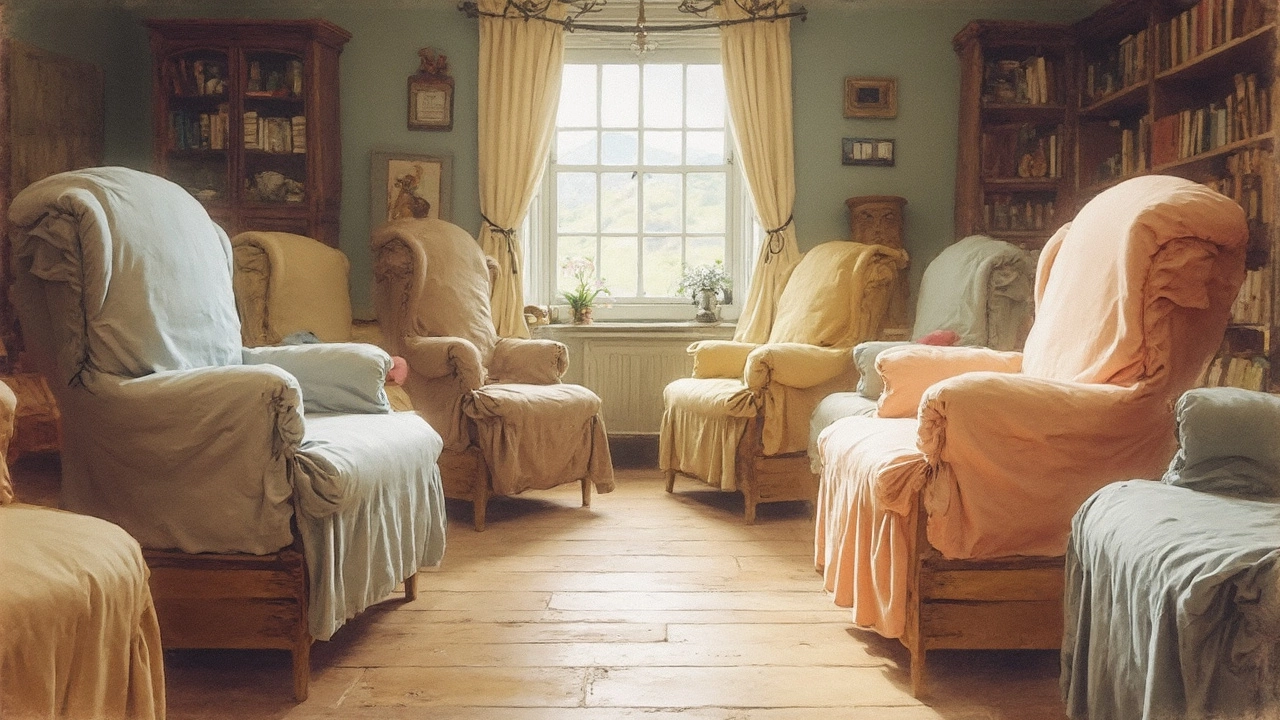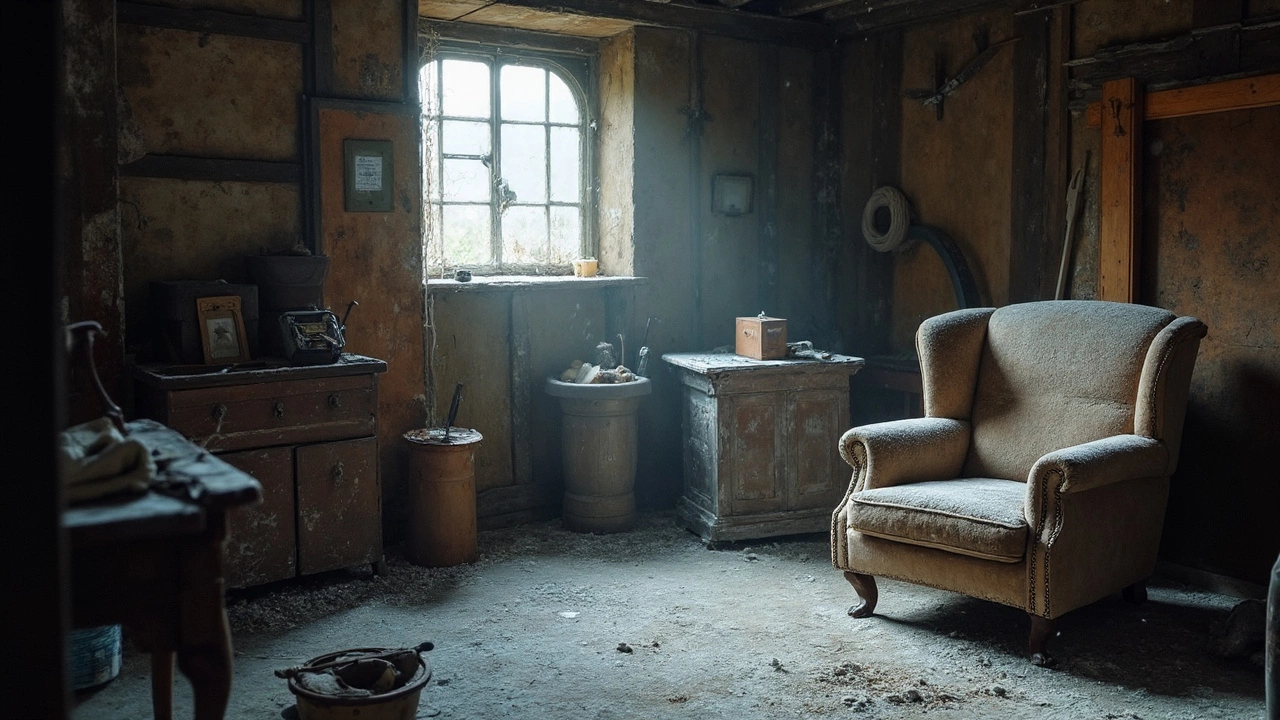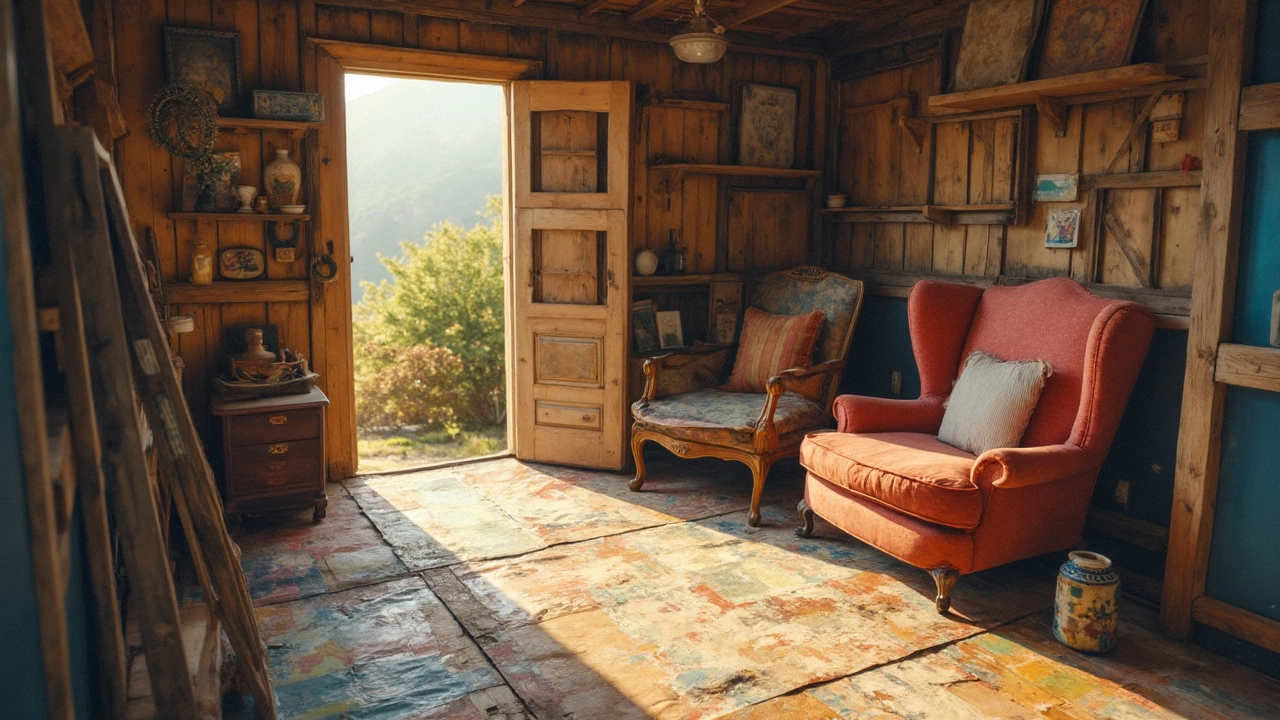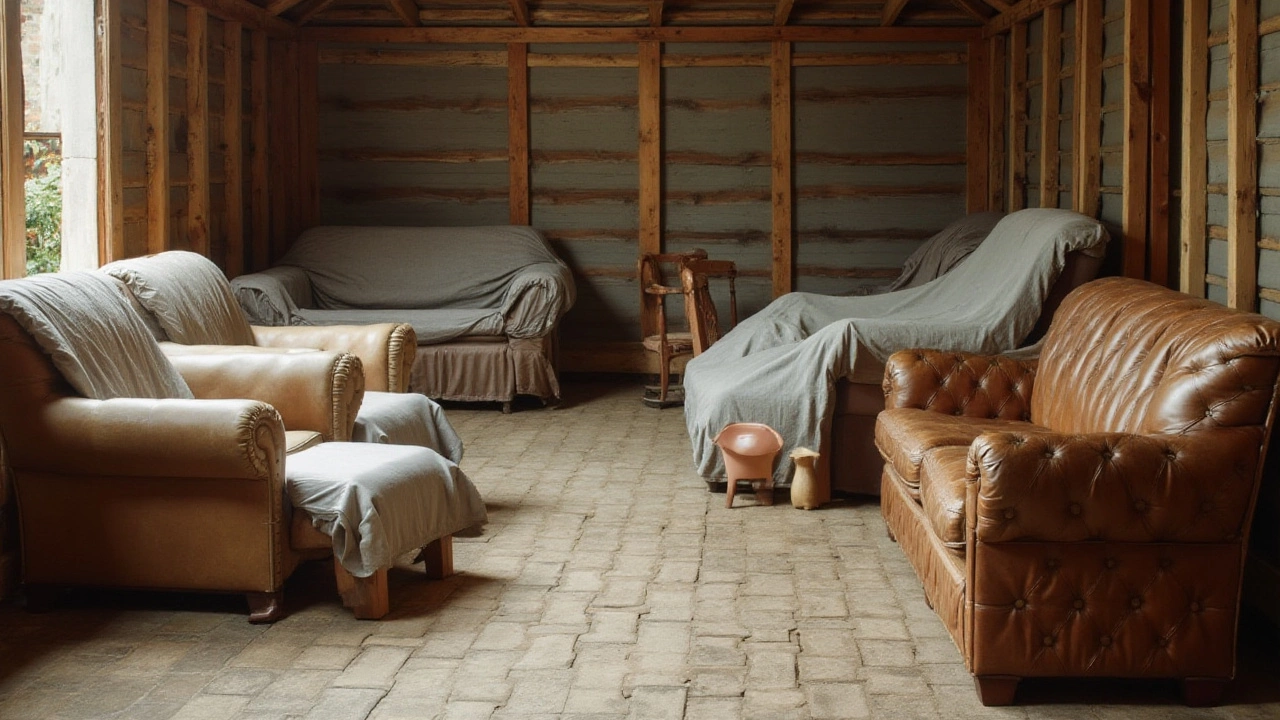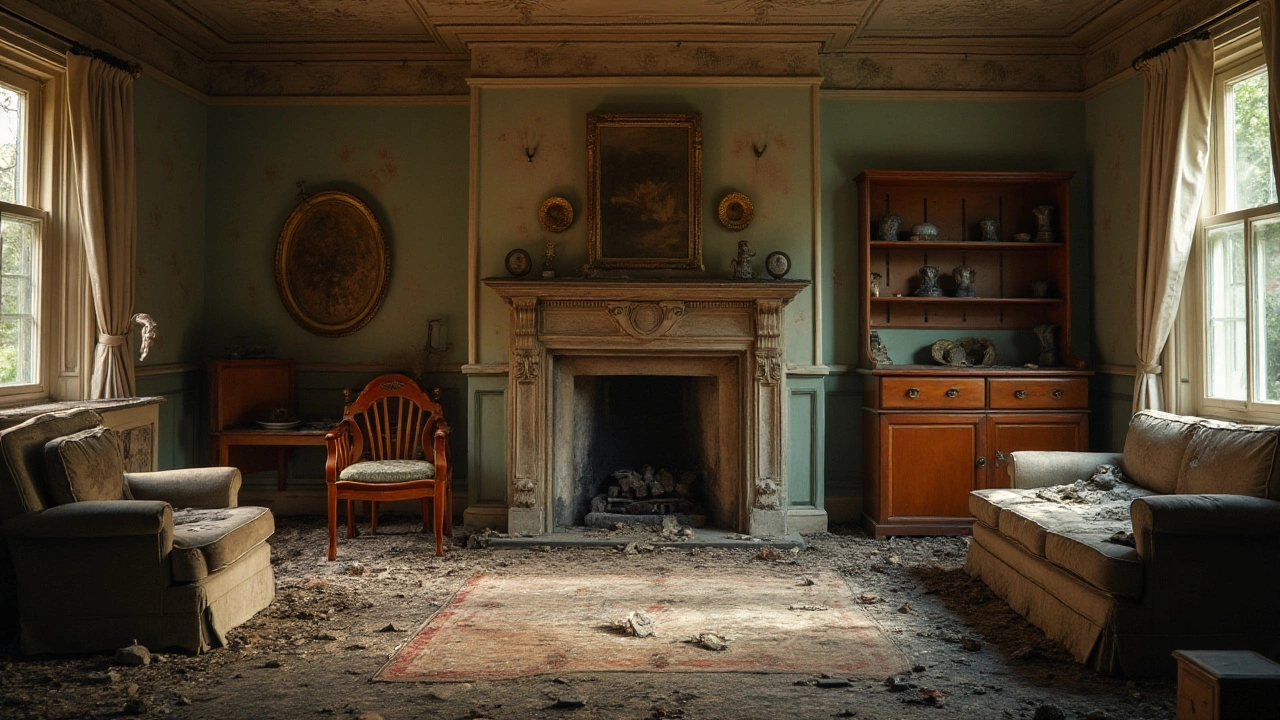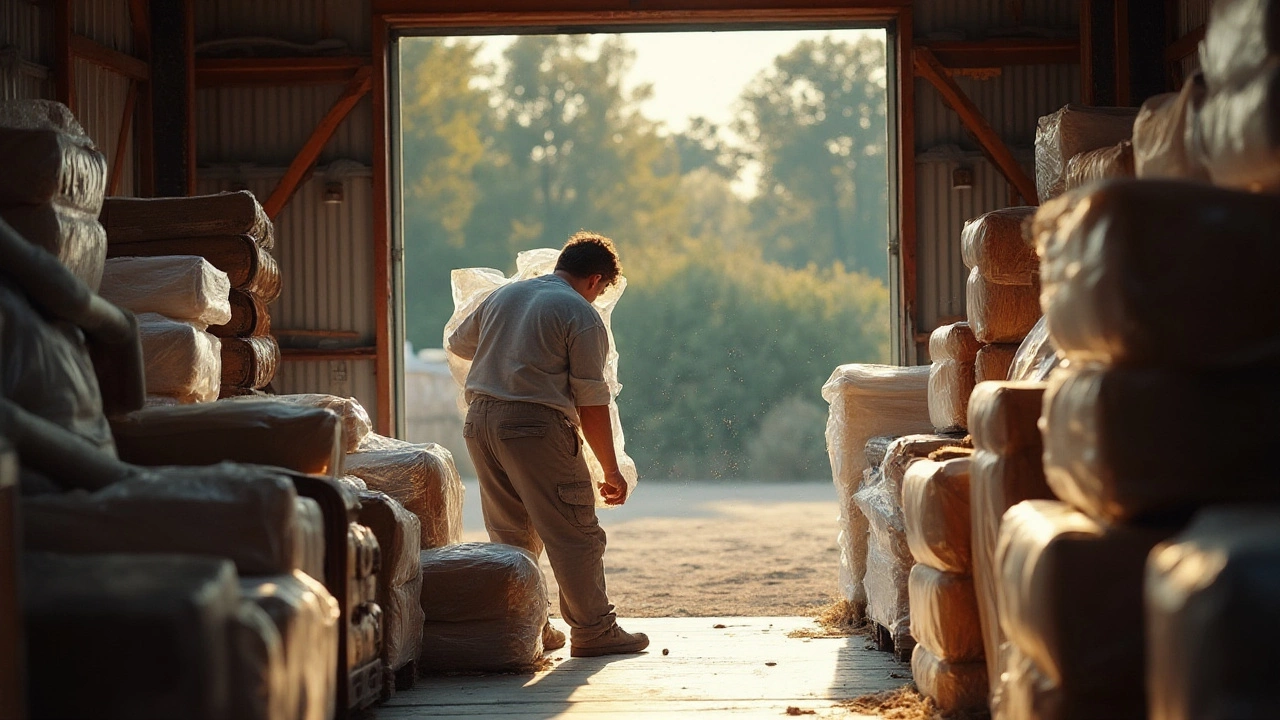Storage Tips for a Neater, More Functional Home
Running out of room is a hassle we all know too well. The good news? A few smart storage tips can turn cramped corners into useful space without spending a fortune. Below you’ll find straight‑forward ideas you can start using right now, whether you’re dealing with a tiny bedroom or a cluttered garage.
Simple Solutions for Bedroom Storage
First off, think twice before stuffing anything under your bed. A storage bed is great, but putting damp laundry or food containers down there invites moisture damage and unwanted smells. Use plastic bins with tight‑fitting lids for seasonal clothes, and keep them on a sturdy platform or the bed’s built‑in drawers. This way you avoid mold and keep items easy to find.
Next, upgrade your closet vocabulary. Instead of just a “closet,” call it a wardrobe or armoire when you’re planning a makeover. Knowing the difference helps you pick the right pieces: a wardrobe offers hanging space and shelves, while an armoire gives you doors to hide clutter. Pair a free‑standing wardrobe with a few hanging organizers to separate work clothes from casual wear.
Keeping Your Storage Spaces Safe
Mouse trouble can ruin even the best‑organized pantry. The most effective repellents aren’t flashy chemicals but simple deterrents like peppermint oil, steel wool plugs, and sealed containers. Place a few drops of peppermint oil on cotton balls and tuck them into corners where mice like to travel. Also, check that all storage boxes seal tightly – any gap is an invitation.
If you have a storage bed, remember what not to place beneath it. Heavy, sharp‑edged items can dent the frame, while items that rust or corrode can damage the wood. Stick to breathable fabrics, cardboard boxes, or sturdy plastic bins. And never store liquids there – a small spill can become a big mess.
Finally, think about vertical space. A narrow bookcase placed in a small bedroom can serve as both a storage unit and a decorative piece. Position it against a wall opposite the bed, and use the top shelf for decorative boxes or plants. This trick adds storage without eating floor space, and it keeps the room feeling airy.
These storage tips aren’t complicated, but they make a noticeable difference. By keeping moisture‑prone items out of bed storage, using proper closet terminology, and applying natural mouse repellents, you’ll protect your belongings and enjoy a cleaner, more organized home. Give one tip a try today and watch the clutter melt away.
Is it Okay to Wrap Furniture in Plastic for Storage?
Wondering if plastic wrap is a smart move for storing your furniture? This article breaks down when it helps, when it can backfire, and how to do it right. You’ll learn about different plastics, types of furniture that need extra care, and safe alternatives. Plus, get solid tips on keeping your items in good condition whether you’re stashing them for a month or a year. No sales talk—just practical advice you can use now.
MoreCan You Fit a Couch in a 10x10 Storage Unit? Smart Storage Tips for Your Furniture
Not sure if your favorite couch will fit in a 10x10 storage unit? This article lays out what you can expect from this storage size, with real-world examples. Find out how to measure your furniture, arrange items efficiently, and avoid common moving mistakes. Plus, grab some simple tips to make your storage experience easier and stress-free. You’ll finish knowing exactly what to do with your couch and the rest of your stuff.
MoreWhy Do They Put White Sheets Over Furniture?
Covering furniture with white sheets is an age-old practice, often seen in movies and historical homes. This practice serves practical purposes like protecting against dust, dirt, and sunlight damage. White sheets are especially effective because they reflect sunlight, preventing color fade. Plus, these covers give a clean, unified look, ideal for long-term storage.
MoreHow to Store Your Furniture Efficiently
Storing furniture can be a daunting task, but with the right strategies, it can be done efficiently and safely. This article provides practical tips on how to store furniture, including choosing the right storage space, preparing furniture for storage, and ensuring it stays in good condition. Whether you're downsizing or just needing extra space, learn how to make the most of your storage choices. Discover fascinating storage hacks that keep your furniture fresh and damage-free over time.
MoreHow to Protect Furniture in Storage
Protecting your furniture while it's in storage is crucial to maintain its quality and longevity. Utilizing the right materials like breathable fabric covers or plastic sheeting can shield your pieces from dust and moisture. Proper elevation and spacing further ensure your items remain in top condition. By taking simple, strategic steps, you can prevent damage and save money on future repairs.
MoreStoring Furniture in a Cold Garage: What You Need to Know
Storing furniture in a cold garage can be a space saver but comes with challenges. Cold temperatures can affect the condition of your furniture, particularly with materials like wood and upholstery. Understanding the risks and taking preventative measures can help maintain the quality of your items. Simple DIY solutions and proper preparation can make a world of difference. Equip yourself with the right knowledge to ensure your stored furniture stays in tip-top shape.
MoreWhat to Put on the Floor of Your Storage Unit
Thinking about what to put on the floor of a storage unit might not seem important, but it can make a big difference to protecting your belongings. This article covers practical solutions for floor coverings that prevent damage, condensation, or pest infestation. Learn why choosing the right materials like wooden pallets, plastic sheeting, or carpet scraps can save you stress and money. Discover helpful tips and interesting insights that turn your storage challenges into straightforward solutions.
MoreProtecting Your Furniture in Storage from Pesky Mice
Storing furniture safely requires more than just securing space; it involves preventing potential damage from rodents like mice. Mice can chew through furniture, leaving it in disrepair if not properly protected. This article explores practical tips and effective strategies to safeguard your prized possessions while in storage, keeping pests at bay. From choosing the right storage facility to employing natural deterrents, readers will obtain actionable insights to maintain their furniture in pristine condition.
MoreDoes Furniture Deteriorate When Stored?
Storing furniture for the long term can lead to various changes if not done properly. Temperature fluctuations, humidity, and pests can all contribute to the deterioration of wood, upholstery, and metal. By understanding the environment and using proactive measures, you can ensure your furniture remains in prime condition even after years in storage.
MoreEssential Tips for Protecting Furniture During Storage
Preserving furniture during storage requires careful wrapping and thoughtful preparation. It's essential to use the right materials to prevent damage from moisture, pests, and time. This guide provides invaluable insights on how to appropriately cover and secure different types of furniture. Discover the best practices to ensure your items remain in pristine condition while in storage.
More
